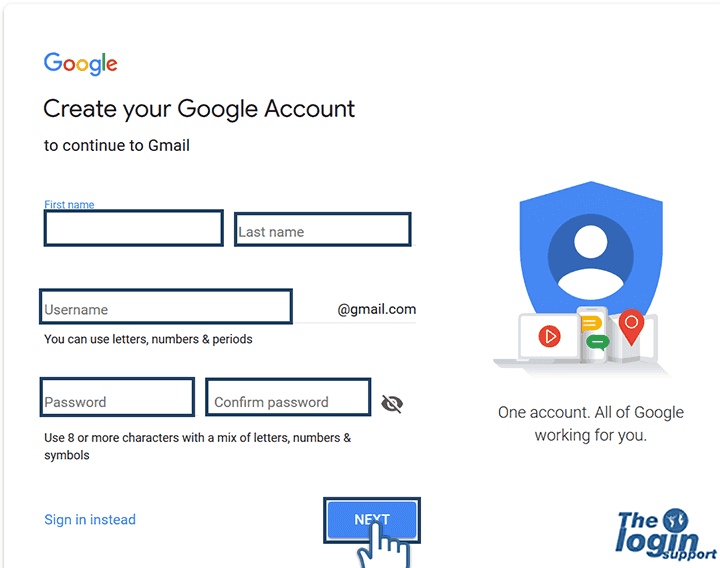



If it's greater than the number of columns in range, VLOOKUP returns the #REF! error. If index is less than 1, a Vlookup formula returns the #VALUE! error. Index - the column number in range from which a matching value (value in the same row as search_key) should be returned. The Google Sheets VLOOKUP function always searches in the first column of range. Range - two or more columns of data for the search. For example, you can search for the word "apple", number 10, or the value in cell A2. Search_key - is the value to search for (lookup value or unique identifier). The first 3 arguments are required, the last one is optional: Vlookup in Google Sheets without formulas (Merge Sheets add-on).Case-sensitive Google Sheets Vlookup formula.Google Sheets Index Match formula for left Vlookup.
#Gmail date format how to
How to use VLOOKUP in Google Sheets - formula examples.Google Sheets VLOOKUP - syntax and usage.But that's not true! In fact, it's easy to do VLOOKUP in Google Sheets, and in a moment you will make sure of it. Google Sheets VLOOKUP works in a similar way - looks up and retrieves matching data from another table on the same sheet or from a different sheet.Ī widespread opinion is that VLOOKUP is one of the most difficult and obscure functions. You often perform such tasks in everyday life, for example when scanning a flight schedule board for your flight number to get the departing time and status. When working with interrelated data, one of the most common challenges is finding information across multiple sheets.

The tutorial explains the syntax of the Google Sheets VLOOKUP function and shows how to use Vlookup formulas for solving real-life tasks.


 0 kommentar(er)
0 kommentar(er)
